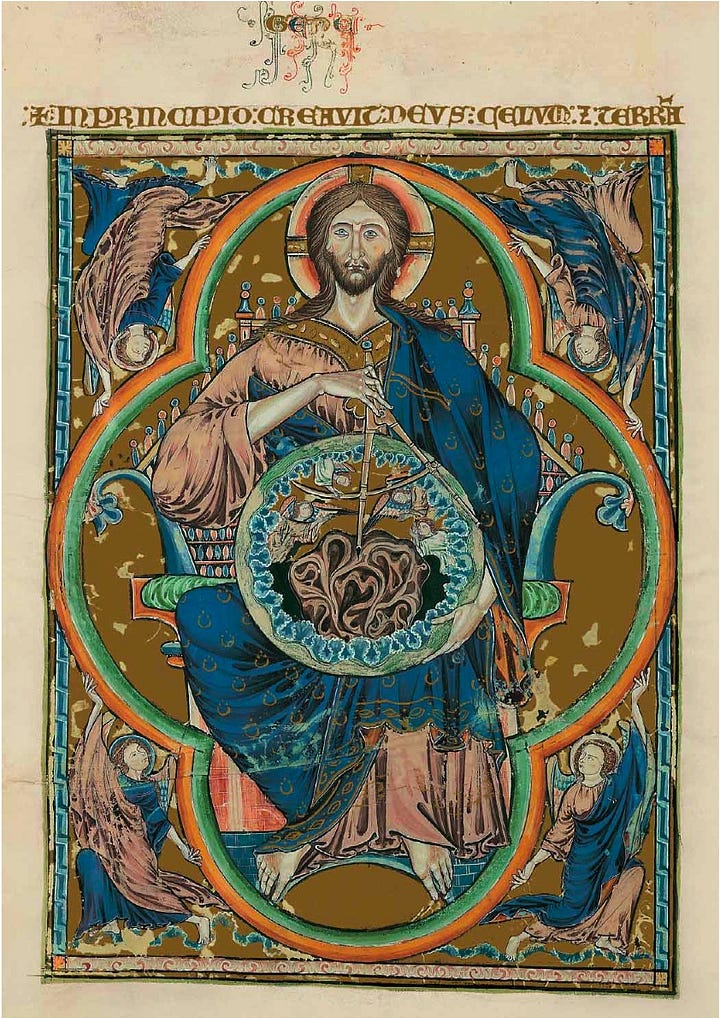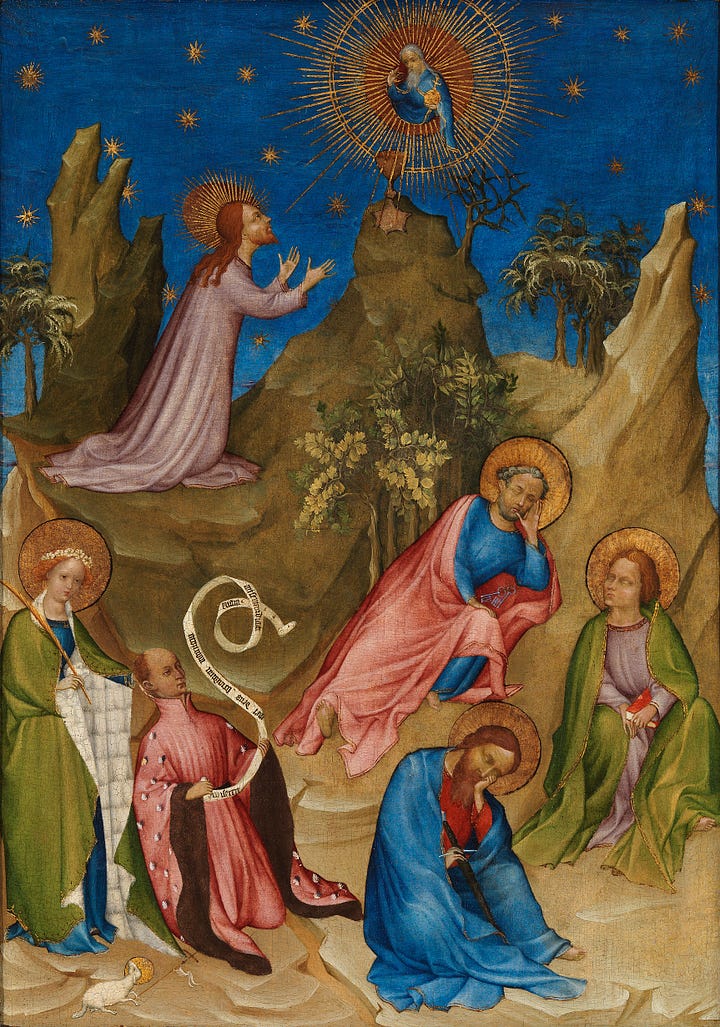Starting in the middle of the 14th century, two distinct styles of painting emerged in Europe that were very notably influenced by two entirely different philosophical movements. Today we’re embarking on a series of posts that will explore not only these contrasting styles of art, but the underlying philosophies between the Christian spirituality of the Gothic1 and the rise of Humanism, naturalism and materialism of the Renaissance in Florence.

We’re going to try to clear up some of the confusion about these often overlapping movements in art and start making some sense of the amazing complexity of the various Gothic movements and styles in painting, sculpture and architecture. While they bleed into each other, it is possible to make some distinctions.




In this series we’ll try to work out answers to the questions;
What is Gothic art and when?
What is Early Gothic?
What is International Gothic?
What is Late Gothic?
What is Northern and Flemish Gothic?
What is the Florentine Renaissance?
What is Italian Gothic (“Duecento” and “Trecento”)?
What is Northern Renaissance?
What are the principal philosophical and religious (and political) influences on all these? What does it all mean?
These questions are all pretty big and complex, and it would be easy to fall down a deep rabbit hole. We’ll keep things as simple and clear as possible, but we’re going to have to take this in parts. In this first part we’ll focus on the Gothic, when and what and who.
As always, we’ll look at some of the principal figures and works to get a good idea of what sort of thing we’re talking about; no shortage of images. What will become clear, I hope, are the great divergences of philosophy between these two art movements, how much of a departure from Christian ideas of sacred art the Renaissance was, and even more fundamentally, how important philosophy is to understanding art in general.
It’s a pretty big cookie to get through, so we’ll take it in small bites. Today we’re just going to get oriented about what and where and when. How many posts we’ll end up with is anyone’s guess.
This is a post for paid members.
The Sacred Images Project looks at art history and culture through the lens of the first 1200 years of Christian sacred art.
If you would like to accompany us into a deep dive into these spiritually and culturally enriching issues, to grow in familiarity with these inestimably precious treasures, I hope you’ll consider taking out a paid membership, so I can continue doing the work and expanding it.
This is my full time work, but it is not yet generating a full time income. I rely upon subscriptions and patronages from readers like yourself to pay bills and keep body and soul together.
You can subscribe for free to get one and a half posts a week. For $9/month you get a weekly in-depth article on this great sacred patrimony, plus extras like downloads, photos, videos and podcasts (in the works), as well as voiceovers of the articles, so you can cut back on screen time.
We are significantly further ahead in the effort to raise the percentage of paid to free subscribers than we were a month ago, from barely 2% to just over 4%, but this is still well below the standard on Substack for a sustainable 5-10%.
You can also set up a monthly patronage for an amount of your choice at my studio blog. Anyone starting a patronage for $9/month or more will get a free paid subscription here.
Today’s featured drawing from my shop is “Christus Patiens”, my own rendition of a corpus for a 13th century Umbrian style panel crucifix. Graphite on paper. You can order a high quality art print of it and other items at my shop.
Subscribe to see the rest of this post and to receive all the other material for paid members.
NB: this post is likely going to be truncated if you receive it to a Gmail account. So click the link at the top if you want to see the whole thing, to read it on the website in your browser.




